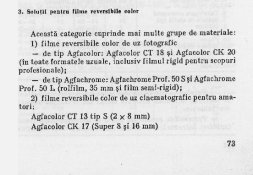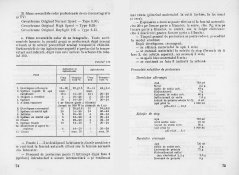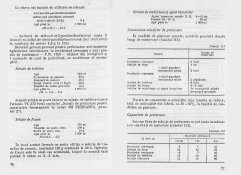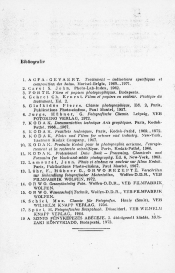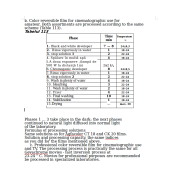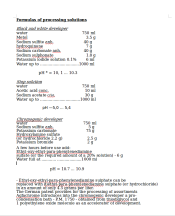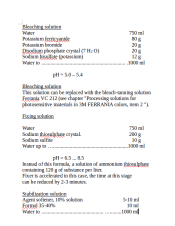I found something information about the color reversal process for Agfa Gevaert's films in the book of Constantin Pivniceru and Monica Mioc -
Photo lab recipe for film (Solutions for photosensitive materials in colors) since 1974.
Probably these names for you will not say much.
In Romania, these names are the reference, and the Photo lab recipe for black-white is highly appreciated among students from the faculty of theater and film.
https://www.librarie.net/p/168635/r...utii-pentru-materiale-fotosensibile-alb-negru
Here are recipes for processing color negatives, color positives, and color reversal Agfa Gevaert films.
It is mentioned here that:
Ethyl-oxy-ethyl-para-phenylenediamine sulphate can be replaced with diethyl-para-phenylenediamine sulphate (or hydrochloride) in the amount of 4.5 g per liter.
That can be used as the agent for the color developer - CD1 (TSS).
George



